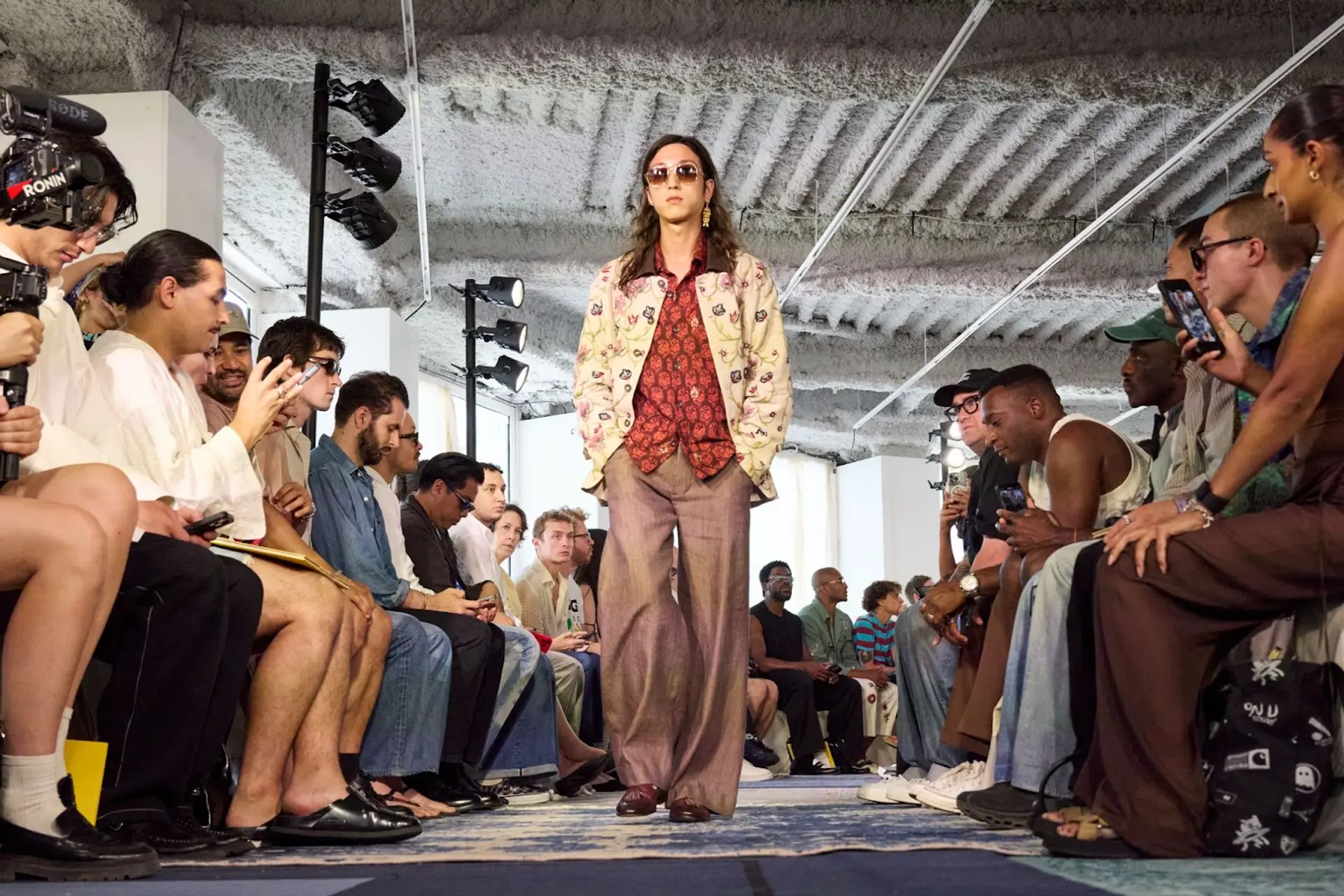Fashion is often associated with glamour, whimsy and creativity. Yet, behind the stunning display of high-end fashion and fast-fashion is a grim truth: an alarming amount of trash. From the squatters of textiles that litter factories, to garments that are not sold and that end up in the garbage the environmental impact of fashion is unquestionably. To tackle this issue efficiently the fashion industry needs to prioritize research and development like never before.
Fashion’s Waste Problem
The figures regarding fashion trash are alarming. As per the Ellen MacArthur Foundation, the equivalent of a garbage truck filled with textiles is disposed of or burnt every second. This does not only cause the degradation of the environment, but also causes an economic loss of significant proportions. This linear approach of take-make-dispose which prevails in the industry isn’t sustainable and should be replaced by a an approach that is circular and focuses on the efficiency of resources and reducing waste.
The Role of Research
Research plays a crucial function in bringing about sustainable change in the industry of fashion. Through investment on R&D (R&D) businesses are able to discover new materials, manufacturing techniques and business models that reduce the environmental footprint and waste. But, despite the importance of the issue R&D investment in the fashion industry is insignificant compared to other industries.
Challenges and Opportunities
One of the main problems that research faces within the industry of fashion is absence of incentives to encourage creativity. Many businesses place emphasis on profit-making in the short term over sustainability for the long term, leading to a lack of investment in R&D. Furthermore there is a perception sustainability practices as expensive and ineffective, which further discourages the investment in research.
But, these issues offer opportunities to innovate. Utilizing new technologies like 3D printing, artificial intelligence and biotechnology, scientists are able to develop innovative solutions to old-fashioned issues. For instance, companies like Bolt Threads are using biotechnology to make environmentally sustainable alternatives to traditional fabrics and others are examining the possibilities of blockchain technology to increase the transparency of supply chains.
Collaboration among industry players, academia and government agencies is crucial to driving the development of new technologies within the industry of fashion. Initiatives like those of the Circular Fashion Partnership that connects manufacturers, brands as well as policymakers to help accelerate the transition towards the circular economy, show the effectiveness of collective action to tackle the complex issues.
Investing in Education
Alongside investing in R&D Fashion industry should also be focusing on education and development of skills. By providing manufacturers, designers as well as consumers with information and tools needed to make informed choices and create an environment of sustainability that is a part of the business.
Fashion schools play a significant part to play in this regard by incorporating sustainable principles into their curriculum and encouraging creativity which is conscious of social and environmental effects. Furthermore, continuing education courses as well as professional growth opportunities assist professionals in staying on top of the most recent research findings and the most effective methods for sustainable fashion.
Changing Consumer Behavior
The ultimate success of any sustainability project in the fashion sector is dependent on the consumer’s behavior. Research and ingenuity may bring about systemic changes however, it is the consumer’s demand that determines what products are successful in the marketplace. Therefore initiatives to inform and enthuse customers are crucial to create a more sustainable fashion industries.
Marketing campaigns can be leveraged by companies including product labeling, transparent communications to inform consumers about the social and environmental consequences of their purchases. Furthermore, by offering environmentally sustainable options and emphasizing the importance that quality is more important than quantity companies can help consumers adopt a more mindful way of shopping.
A Call to Action
Fashion is at an impasse. On one other hand the status quo creates the cycle of environmental degradation and waste. However there is an opportunity to embrace change and transform the fashion industry to a powerful force to bring about positive changes. To really wage a war against waste fashion, the industry has to invest more in research, education and collaboration.
Business, government as well as consumers all have a the ability to contribute to this effort. The government can adopt policies that encourage sustainable practices, and also support research and development. Business can place a higher priority on R&D expenditure as well as adopting circular models of business that reduce the amount of waste. Consumers can be educated on the consequences of their buying decisions and seek out eco-friendly products offered by companies.
The time to take action can be now.
By investing in education, research and collaboration in the fashion industry, we can create more sustainable and sustainable times. One in which creativity and beauty coexist with social responsibility and environmental stewardship. We must seize this chance to change the way we dress for the benefit of our planet and the next generations.







